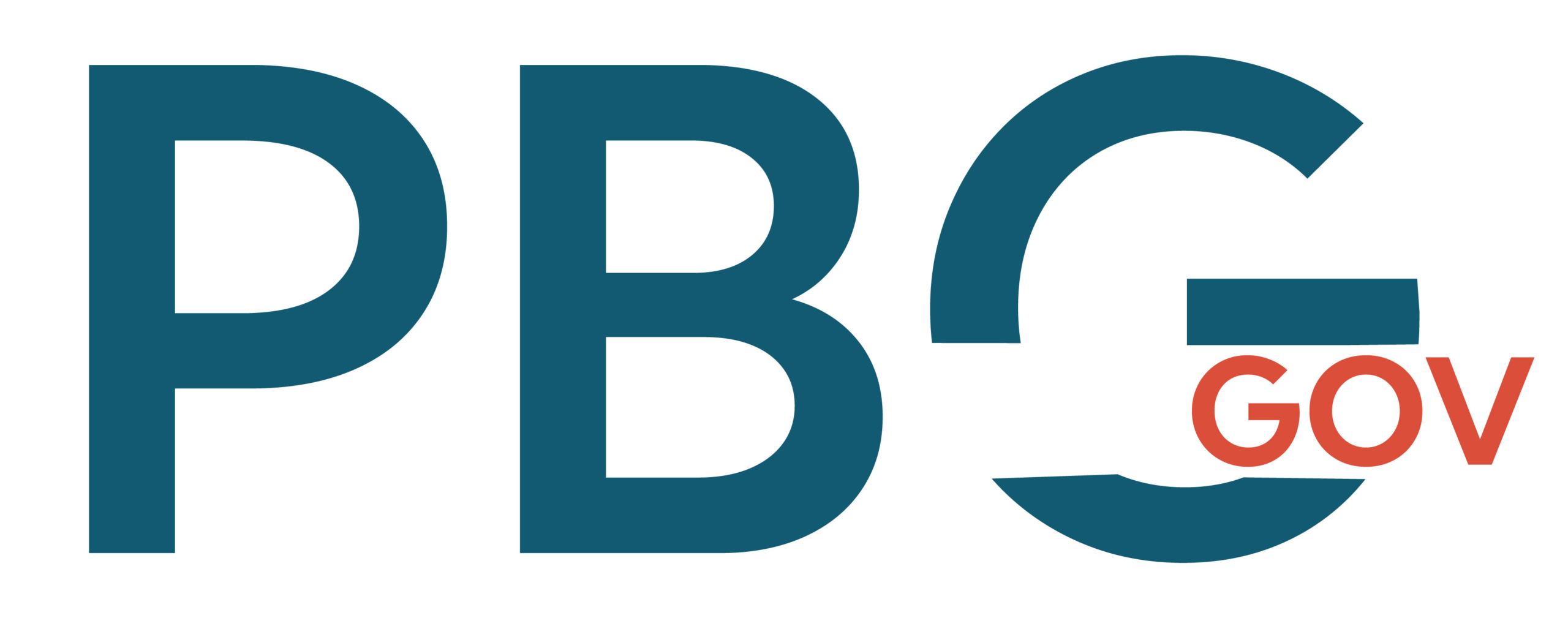Don’t Just Employ Industry Frameworks; Enable Them: Innovating Portfolio, Program, and Project Management
In all our years supporting the strategy and management of federal IT portfolios, programs, and projects, we have noticed an interesting and recurring irony: the teams who manage the investments that will provide cutting-edge, emerging technology to others do not employ those leading technologies themselves. They are often driving innovation without benefitting from it, not using it in their management or to improve on existing processes, develop new functionality, make their lives easier. They are the cobbler walking around with holes in his shoes.
There are valid reasons for this: The funding in these teams is often allocated for much-needed people resources; organizational change is frequently focused on shifts to new team and project structures (such as SAFe and its Agile Release Trains or the newest industry buzzword/idea); and probably most inescapable, many of the frameworks and practices used are . . . old hat? Prescriptive? Underpinned by those heavy books we received in our first project management class 30 years ago?
While we shouldn’t hold our breath for a big chunk of TMF funding for our tireless portfolio managers, there are very doable ways to leverage technology your agency likely already has to level-up and modernize core management functions. Here are some tips on what you can do first:
- Make innovation a team challenge. Have project teams rotate monthly to pitch innovations—and set and measure a goal around innovation. (PBG’s goal is that every project vets two innovations per month.) Drive collaboration by creating an innovation communication channel to share and discuss concepts. Host a standing meeting people actually look forward to, where novel ideas and people saying “this may sound crazy, but . . .” are the norm.
- Visualize, simply. From sophisticated data tools to straightforward Kanban boards, the power of visualization is at our fingertips. Using your favorite app (or trying a new open-market app!), try simple acts like color-coding users, adding icons to common tasks, or seeing more detail on the most important or urgent projects at a glance. These visual cues can save time you didn’t even know your brain was spending organizing and synthesizing info.
- Practice with micro-automations. Create simple automated tools, like approval workflows in MS Teams or a project intake form via Google Forms, and pilot them among your internal team first. Automating at the simplest task level increases confidence, adds capacity, and gets people thinking about the next, bigger thing.
Even in these early phases, it’s important to measure the impact of leveraging technology inside, or in addition to, a more traditional framework. Evidence-based data and examples, such as how many new innovations have been proposed, the decrease in overdue tasks, or the time saved documenting project requests will form the case for larger change initiatives.
The vision is to create a technology-enabled, forward-looking IT organization that uses emerging technologies to transform customer experience; digitize business process workflows; predict project success; and enable and empower practitioners. Most importantly, these improvements all contribute to a portfolio’s most important purpose—to ensure mission value is realized from the investments agencies make to achieve their strategic objectives. Technology is the investment outcome, and it should be baked into the process, too.



